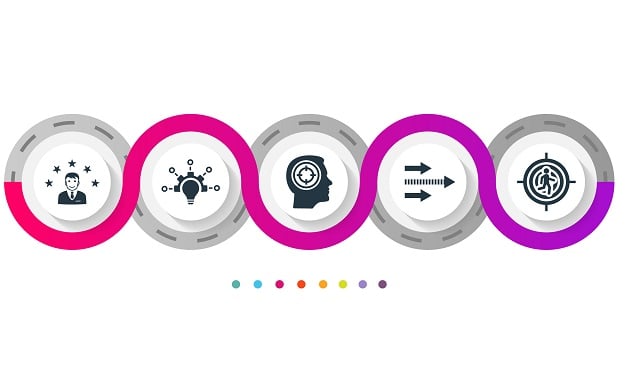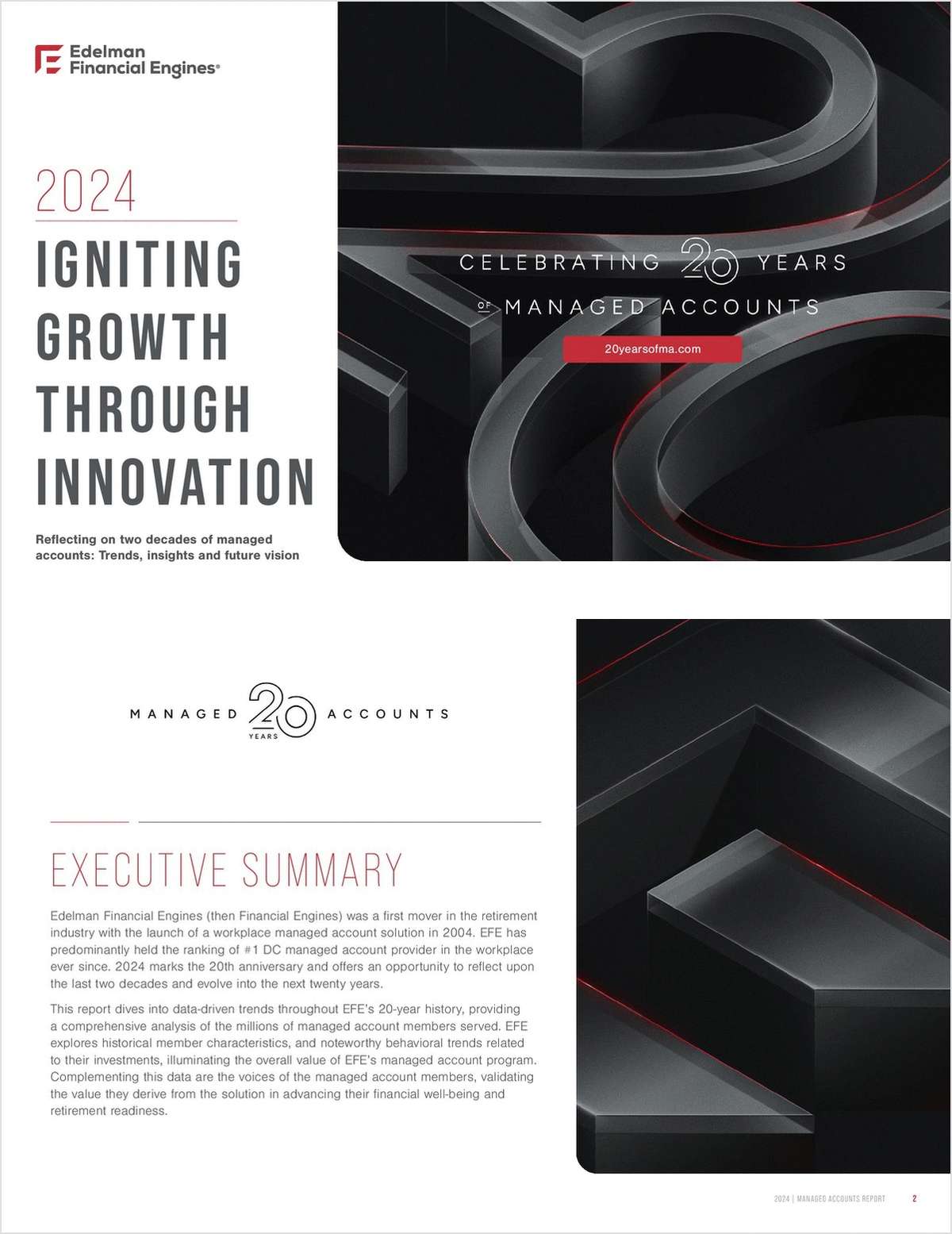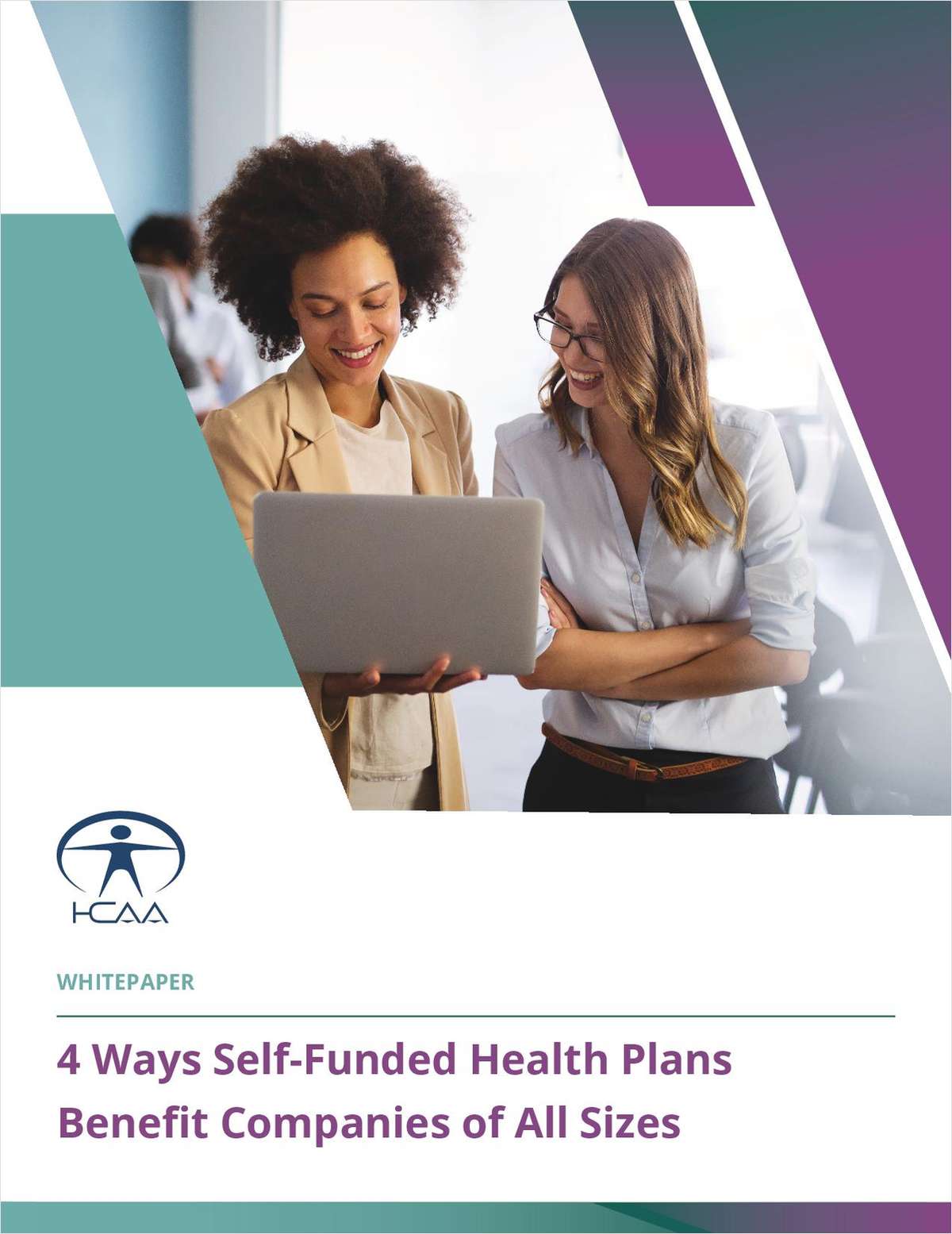 The pandemic has proven that HR is adaptable and agile, and can meet the challenges of the new employee economy.
The pandemic has proven that HR is adaptable and agile, and can meet the challenges of the new employee economy.
It's well-documented that COVID-19 altered the employee experience in every industry. Focus shifted from the aspirational aspects of work— like getting ahead and career fulfillment— to basic needs like mental health, safety, security, belonging, financial planning, and wellness. High turnover rates signal that employees are searching for a workplace that meets these fundamental needs.
Continue Reading for Free
Register and gain access to:
- Breaking benefits news and analysis, on-site and via our newsletters and custom alerts
- Educational webcasts, white papers, and ebooks from industry thought leaders
- Critical converage of the property casualty insurance and financial advisory markets on our other ALM sites, PropertyCasualty360 and ThinkAdvisor
Already have an account? Sign In Now
© 2024 ALM Global, LLC, All Rights Reserved. Request academic re-use from www.copyright.com. All other uses, submit a request to [email protected]. For more information visit Asset & Logo Licensing.








